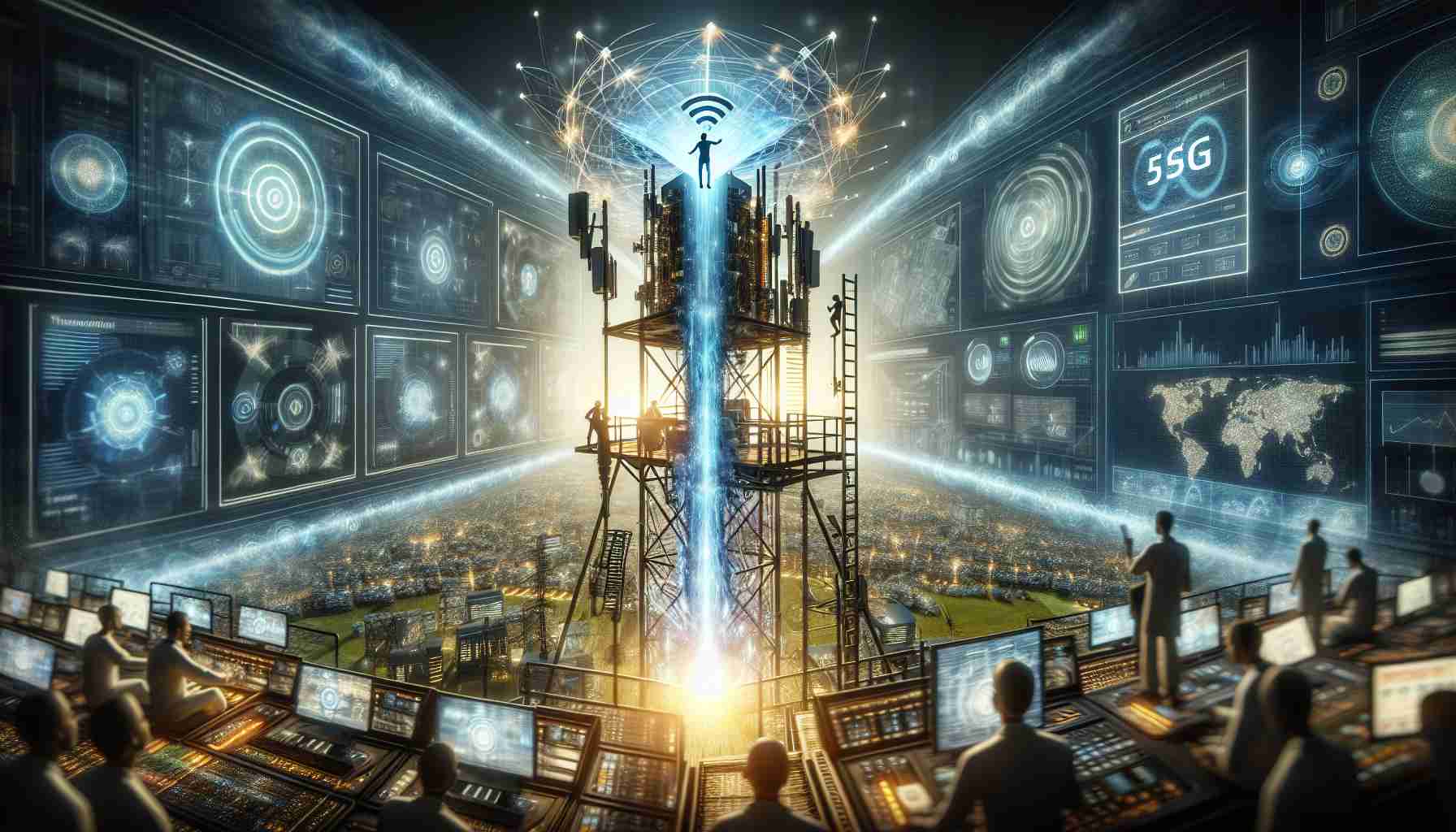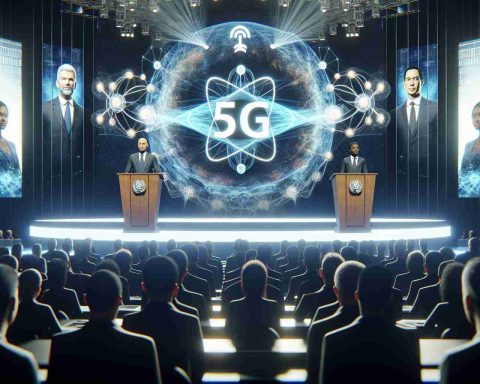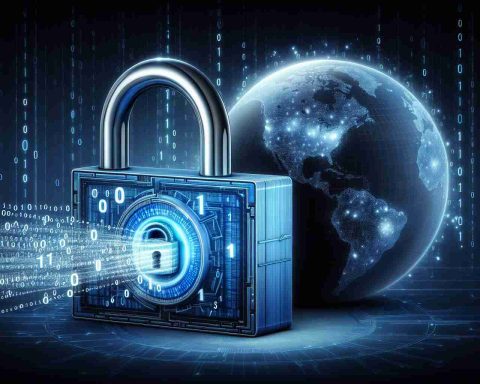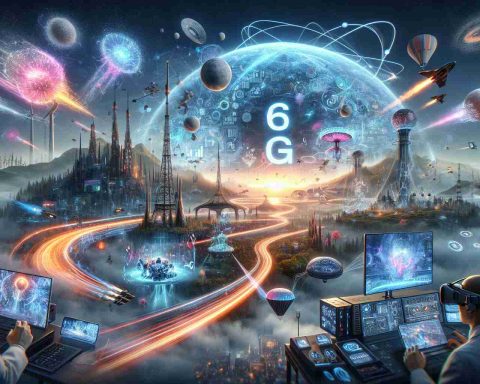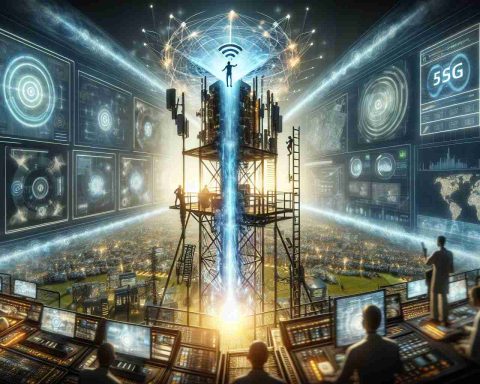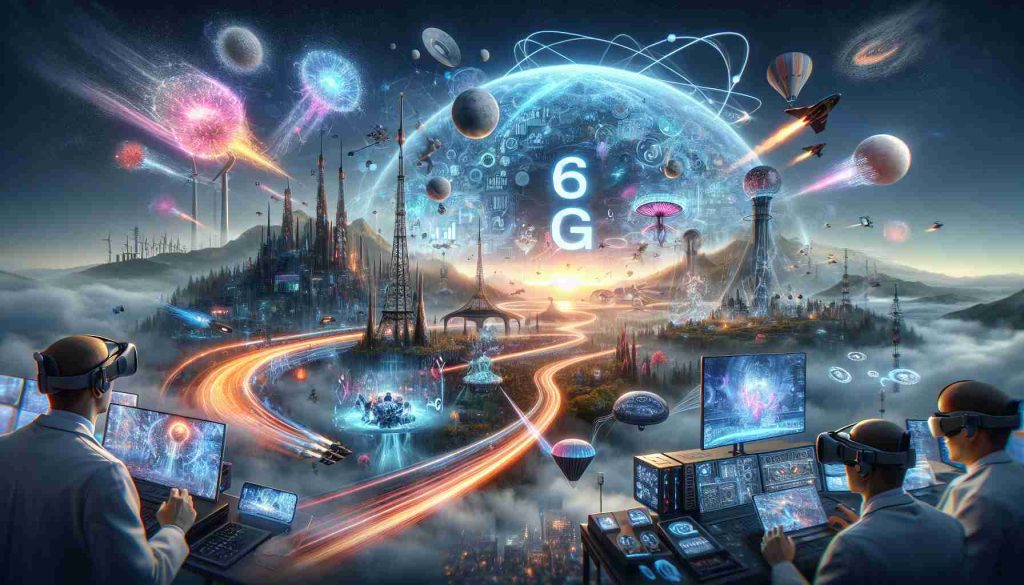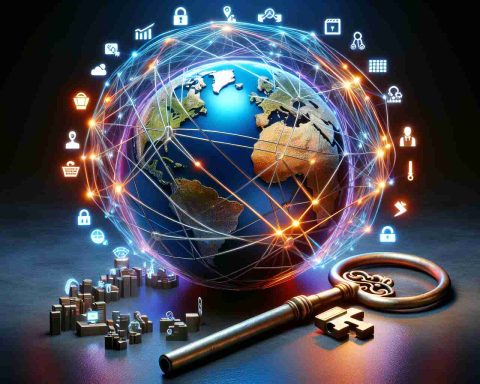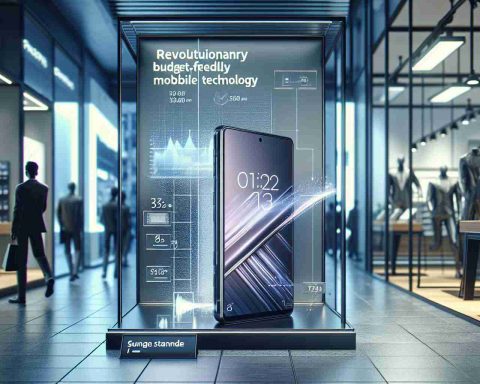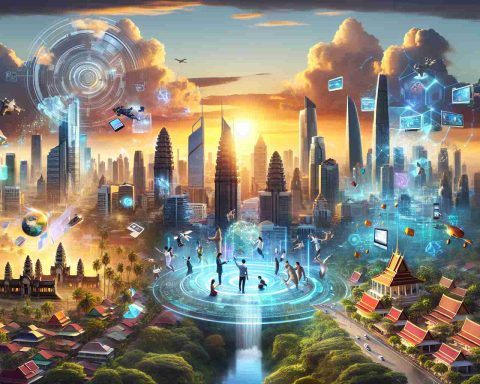Introduction
In the ever-evolving landscape of telecommunications, 5G networks are a game-changer — but they come at a steep energy cost. Recent studies reveal that transferring a single gigabyte (GB) of data in 5G can consume over four times more energy than 4G networks. As the global demand for data heightens, so too does the urgency for solutions that optimize energy consumption.
To tackle this pressing issue, innovative network designers are proposing a reimagined strategy known as the max–min planning framework. This strategy doesn’t merely seek to minimize energy while maximizing throughput; it also emphasizes the importance of keeping the entire network operational. Traditional approaches often focus on isolated components, risking overall network performance when some nodes are deactivated.
The newly proposed framework aims to harmonize dynamic traffic demands with optimal network design. By intelligently managing which components remain active, it seeks to enhance energy efficiency without sacrificing connectivity. The emphasis on end-to-end traffic considerations allows for a smarter allocation of resources, enabling nodes to enter low-power modes when not in active use.
Research results are promising; studies indicate that this approach can significantly enhance energy efficiency across the entire network. As we embrace the potential of intelligent networking for 5G, the future may be not only faster but also more sustainable.
Maximizing Energy Efficiency in the Age of 5G: Tips, Life Hacks, and Interesting Facts
Introduction
As the shift to 5G networks unfolds, ensuring energy efficiency has become a critical priority for both users and providers. Beyond the technological advancements that promise fast connectivity, there is a growing need to adopt strategies that mitigate energy consumption. Here are some valuable tips, life hacks, and intriguing facts to help you navigate the world of 5G while keeping energy efficiency in mind.
1. Optimize Your Device Settings
One of the simplest ways to reduce energy consumption while using 5G is to adjust your device settings. Enable battery saver mode, which can limit background data and reduce performance demands when higher speeds are unnecessary. Additionally, consider turning off 5G when not needed; switching back to 4G can save significant power.
2. Choose Wisely: Use Data-Intensive Apps Judiciously
Not all applications are created equal. Some apps can use substantial data and power. Before launching data-heavy activities, such as streaming videos or downloading large files, check whether you really need to use 5G. Performing such activities when connected to Wi-Fi can help minimize energy consumption.
3. Schedule Downloads
If you need to transfer large files, consider scheduling downloads during off-peak hours. Many networks experience lower traffic during late-night hours, which not only reduces energy consumption but can also enhance download speeds. This is particularly useful for software updates or large file transfers.
4. Embrace Smart Technologies
Invest in smart home devices that utilize energy-efficient protocols while connected to 5G. These devices can automatically adjust their power usage based on activity levels, helping to reduce overall energy consumption. Furthermore, integrating AI with these devices allows for optimized energy management based on your usage patterns.
5. Monitor Your Usage
Stay informed about your data consumption by regularly checking your mobile data usage statistics. Many smartphone operating systems offer built-in tools or apps that help track how much data you use and which apps consume the most. Being conscious of your usage helps in making informed decisions about when to switch to more energy-efficient modes.
Interesting Facts About 5G and Energy Consumption
– Energy-Hungry Background: It is estimated that data transmission could account for nearly 20% of global energy consumption by 2030 if current trends continue.
– Innovative Solutions Are Key: The max-min planning framework is not just theoretical; it represents a shift towards smarter telecommunications networks that prioritize sustainability alongside performance.
– Environmental Impact: 5G technology may significantly impact greenhouse gas emissions due to increased energy consumption. However, through innovations like the max-min framework, operators can potentially mitigate these effects.
In Conclusion
As 5G networks redefine connectivity, being mindful of energy consumption is essential. By adopting practical tips and remaining informed about innovations in network design, users can contribute to a more sustainable digital future. For more insights into data consumption and energy efficiency, visit Telecommunications.
Understanding the nuances of 5G not only enhances your digital experience but also plays a vital role in tackling the growing challenges of energy efficiency in an increasingly connected world.
The source of the article is from the blog exofeed.nl
